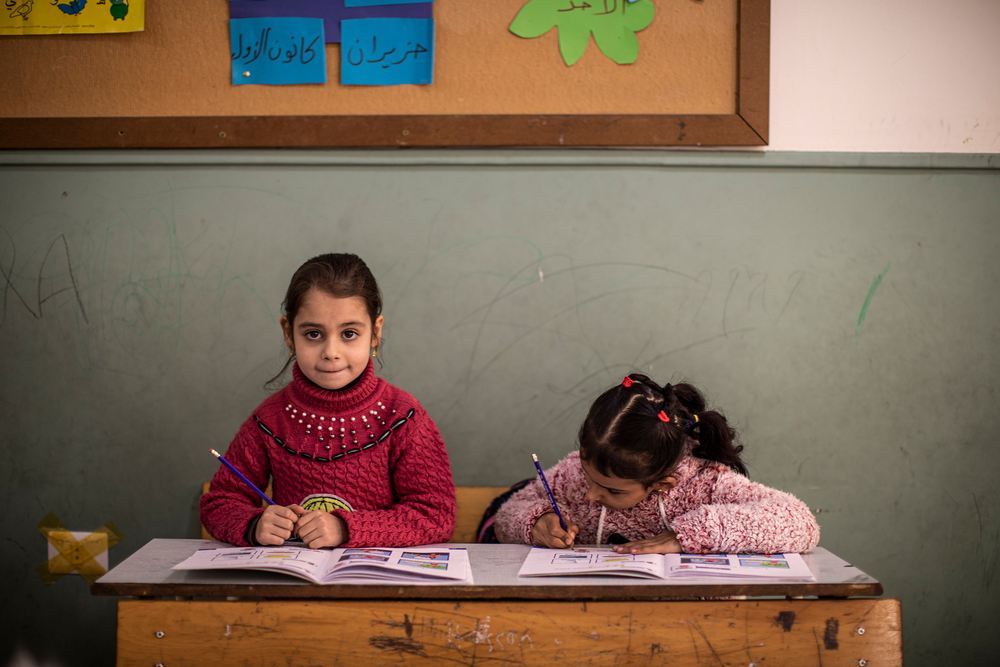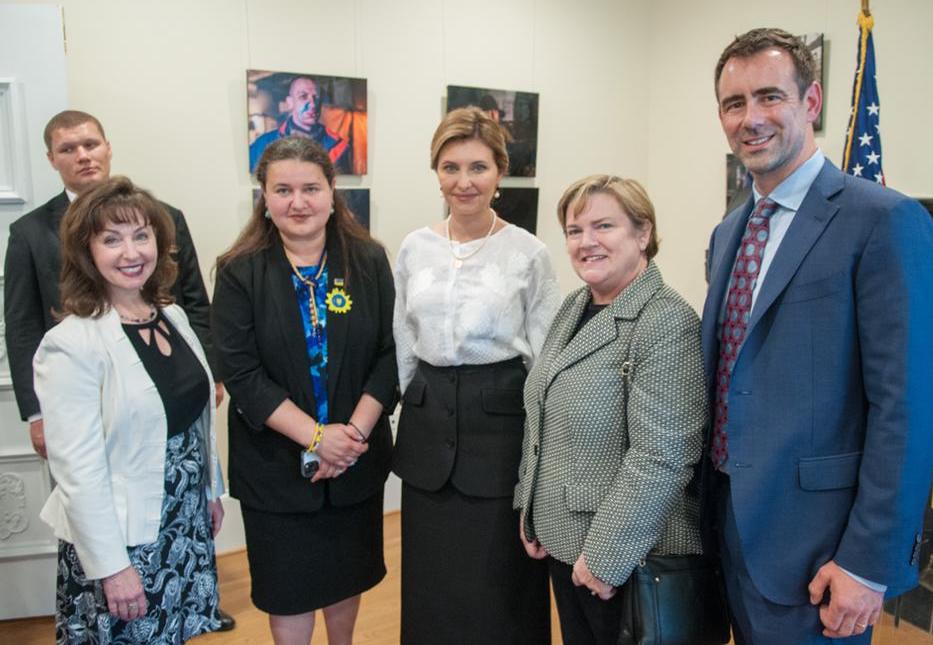
Five things you need to know this week about global education
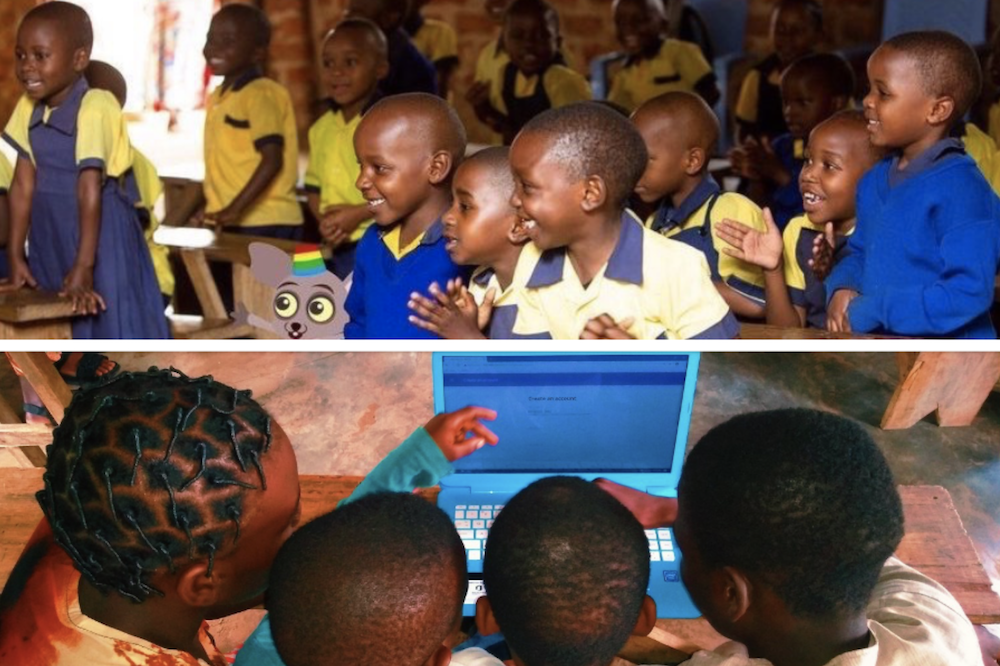
Children in conflicts, Education in emergencies, Technology and education
Two organisations we work with at Theirworld have made the final of a global tech challenge - while schools go back in Bangladesh after an 18-month shutdown.
Education innovators reach finals of global tech challenge
Theirworld is delighted that two organisations we are working closely with have been named as finalists in a worldwide competition to spotlight exciting new tech-based solutions.
Kolibri – an offline-first teaching and learning tool – and Ubongo, which creates and distributes digital learning content, are competing in the MIT (Massachusetts Institute of Technology) Virtual Solve Challenge. Both are in the Solve Equitable Classrooms category, where the overall winner receives a $10,000 grant.
Kolibri is a project partner in Theirworld’s Skills for Their Future programme, which teaches technology entrepreneurship skills to marginalised girls and young women in several sub-Saharan African countries.
Its offline-first functionality means it works well in areas where internet connectivity is patchy or not available.
As well as the MIT challenge, Ubongo has been chosen as one of 11 finalists for the Theirworld Education Innovation Awards 2021. The organisation has been taking part in our introductory classes to help develop plans to scale up its programmes.
Ubongo aims to bridge the digital divide by co-creating and distributing diverse learning content through networks and technology that African children already use.
The MIT challenge, which has prizes totalling $2 million, received entries from 29 countries. The education challenge category is looking for technology-based solutions that ensure all primary and secondary school students have access to quality, safe and equitable learning environments
Voting closes at 6.30pm UK time on September 17 and the winner will be announced later. You can vote here.
Back to school in Bangladesh after 18 months
“I am meeting all my friends after ages. It’s great.”
Bangladesh reopens schools after 18-month COVID-19 shutdown https://t.co/GePq3RXtTj pic.twitter.com/OfsqfzMqKu
— Al Jazeera English (@AJEnglish) September 13, 2021
Millions of children went back to classrooms in Bangladesh this week – 18 months after their schools were closed by the pandemic.
Schools across the country reported about 80% attendance on the first day back after one of the world’s longest education shutdowns. Some schools in the capital Dkaha said every student had returned.
Sumayia Tabassum Hridi, a student at Savar Laboratory School, told the Dhaka Tribune: “I was excited and preparing my books, bag and uniform. I could barely sleep.”
Meanwhile, UNICEF has urged education authorities to reopen schools for millions of children as soon as possible. They remain fully closed in 17 countries – including the Philippines, Venezuela and Saudi Arabia – and partially shut in 39 others.
Ukraine vows to protect schools from attack
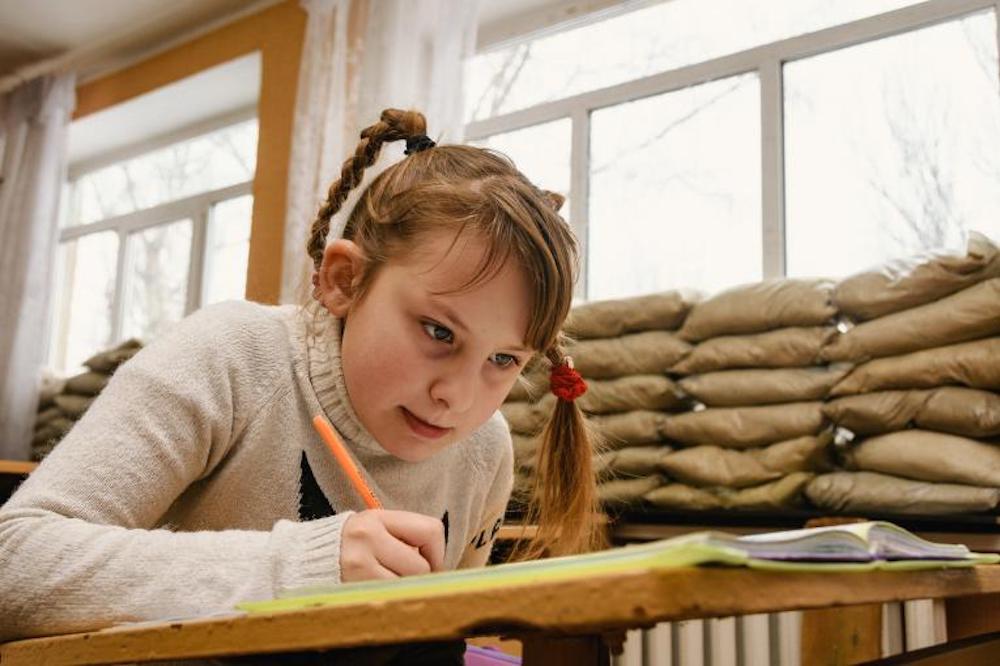
Thousands of children have been forced out of school in eastern Ukraine due to conflict (UNICEF / Hetman)
Ukraine has redoubled its commitment to make schools safe for 400,000 children living along the conflict-affected “contact line”.
Nine attacks on children and education facilities in eastern Ukraine have been reported this year. More than 750 schools and colleges have been damaged by hostilities on both sides of the line, which separates areas controlled by the government and Russian-backed separatists.
The government – which signed the international Safe Schools Declaration in 2019 – has now promised to help keep children learning and protected by backing a new action plan and working with humanitarian organisations and civil society.
About 40,000 children will be going to school for the first time this year. Murat Sahin, UNICEF Representative in Ukraine, said: “These children under seven years of age have never known a peaceful life and are making their first step into a classroom within the shadow of the Covid-19 pandemic. We must uphold their right to education and health to unlock their full potential.”
Focus on children who drop out
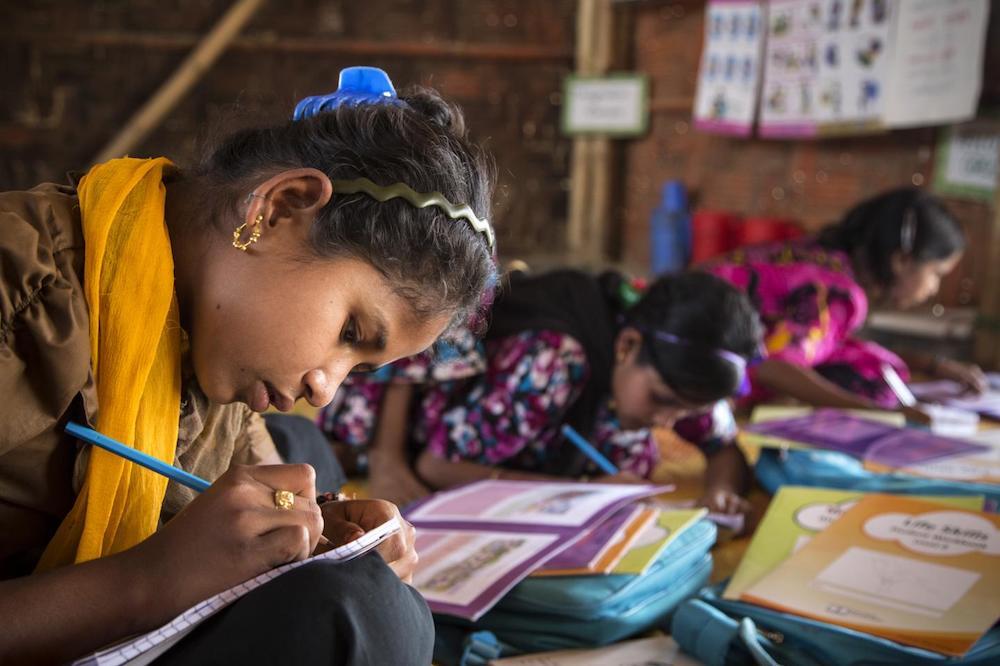
There is seldom one single reason for a child or adolescent to drop out of school (UNICEF)
Globally, 92% of children start primary school. But only 53% make it to upper secondary at the appropriate ages of 15 to 17. Why do children drop out of education or stay stuck in the system – and at what point?
These are the questions examined by the new Education Pathway Analysis dashboard, which tracks the educational progress of adolescents in 103 countries and territories.
Among the facts uncovered are that only 28% of children from countries in emergency settings complete lower secondary by the expected age, compared to 69% from non-crisis countries.
Countries that have a low percentage of children reached by remote learning – including through TV, radio and online – are also those that have a small share of youth reaching upper secondary school by age 15 to 17.
Race to rebuild earthquake schools
It has been one month since the #Haiti earthquake destroyed over a thousand schools, and we fear they will not be ready to reopen in October.
Children need the safety and security that school provides. We must prioritize education in the recovery plans.https://t.co/tQGegSByqf
— Save the Children US (@SavetheChildren) September 14, 2021
Schools damaged by the earthquake in Haiti last month are unlikely to be ready to reopen safely when classes are due to start on October 4, Save the Children has warned.
More than 1,060 school buildings were destroyed or damaged by the 7.2 magnitude quake.
Perpétue Vendredi, Save the Children’s Deputy Country Director in Haiti, said: “Children have survived a nightmare event and the fear and stress continue. They desperately need to return to the predictability and support that a school environment provides.” Save the Children has proposed building semi-permanent structures until schools are repaired or rebuilt.
Even before the earthquake, an estimated 500,000 children were at risk of dropping out of school – mainly due to closures for Covid-19 and insecurity reasons. Violence has worsened since the disaster and many children who lost their homes say they fear for their safety.
More news

